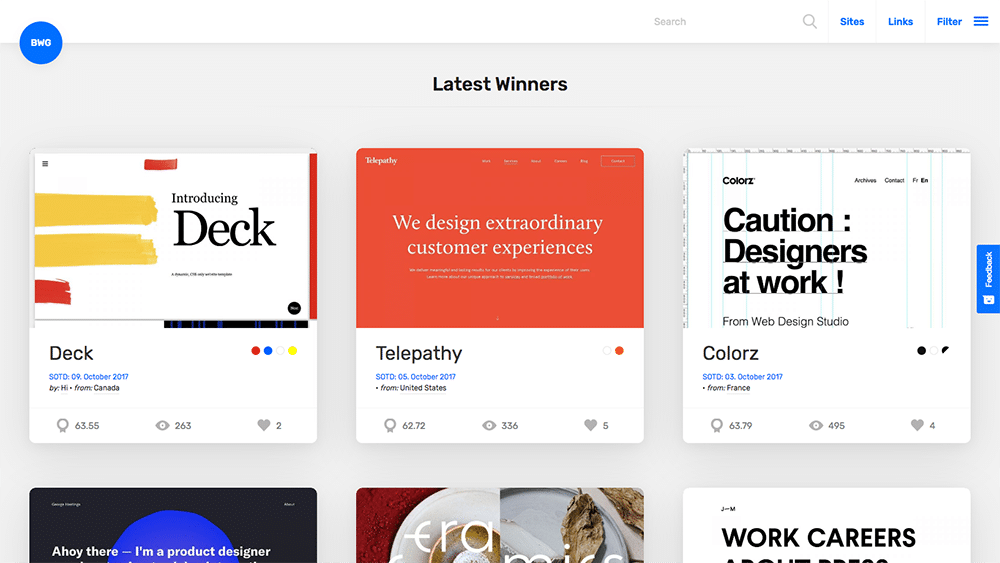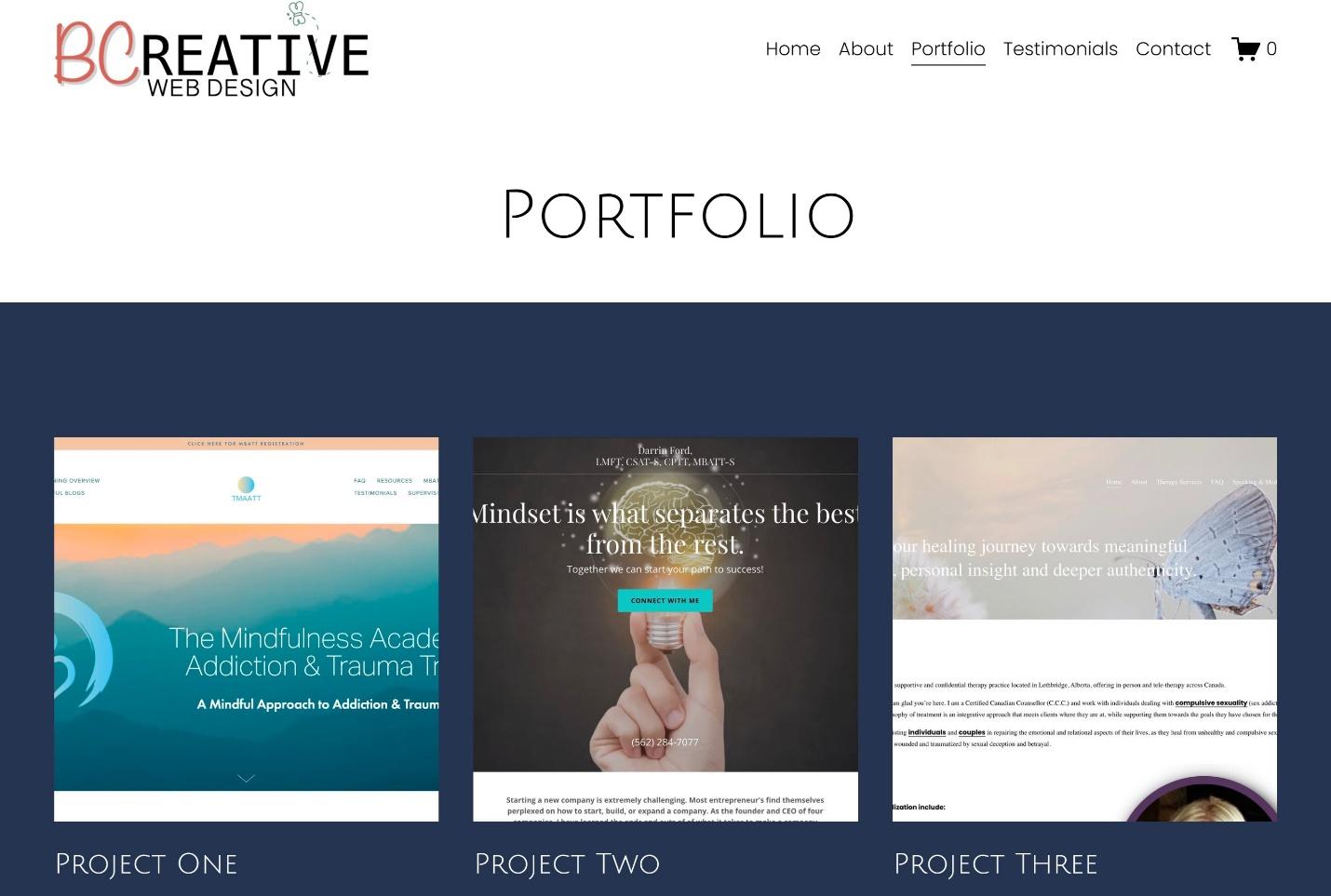Common Mistakes to Sidestep in Website Design Projects
Important Principles of Site Layout: Producing User-Friendly Experiences
In the realm of site design, the production of straightforward experiences is not merely a visual quest yet a fundamental need. Vital concepts such as user-centered layout, instinctive navigating, and ease of access function as the foundation of effective electronic platforms. By concentrating on customer requirements and choices, developers can cultivate involvement and satisfaction, yet the ramifications of these principles expand past mere performance. Comprehending exactly how they intertwine can considerably influence a site's overall effectiveness and success, triggering a more detailed exam of their specific duties and collective impact on individual experience.

Importance of User-Centered Layout
Prioritizing user-centered design is crucial for developing reliable web sites that fulfill the requirements of their target market. This strategy positions the customer at the forefront of the style process, making certain that the site not just operates well however likewise resonates with customers on a personal degree. By comprehending the users' habits, objectives, and preferences, designers can craft experiences that foster engagement and fulfillment.

Moreover, adopting a user-centered design philosophy can lead to improved ease of access and inclusivity, dealing with a varied audience. By thinking about various user demographics, such as age, technological proficiency, and social histories, developers can produce web sites that rate and practical for all.
Eventually, prioritizing user-centered style not just enhances user experience but can also drive vital business results, such as increased conversion rates and consumer commitment. In today's affordable digital landscape, understanding and focusing on individual demands is a crucial success element.
Intuitive Navigation Frameworks
Efficient web site navigation is usually a vital factor in boosting user experience. User-friendly navigation frameworks make it possible for individuals to find details promptly and efficiently, reducing irritation and raising interaction.
To create intuitive navigating, designers should prioritize quality. Labels must be acquainted and descriptive to customers, preventing jargon or unclear terms. A hierarchical structure, with main classifications leading to subcategories, can better assist users in comprehending the relationship in between different areas of the site.
Furthermore, incorporating visual cues such as breadcrumbs can lead individuals via their navigation course, allowing them to easily backtrack if needed. The inclusion of a search bar additionally enhances navigability, approving users guide access to material without needing to browse via multiple layers.
Adaptive and receptive Layouts
In today's digital landscape, making sure that websites function perfectly across numerous devices is vital for user complete satisfaction - Website Design. Flexible and receptive formats are two key strategies that allow this capability, accommodating the varied variety of screen dimensions and resolutions that users may come across
Receptive formats use fluid grids and versatile photos, permitting the site to instantly change its aspects based on the screen measurements. This technique provides a consistent experience, where material reflows dynamically to fit the viewport, which is specifically beneficial for mobile customers. By making use of CSS media questions, developers can produce breakpoints that optimize the format for different tools without the demand for different layouts.
Adaptive formats, on the various other hand, utilize predefined formats for certain display dimensions. When a customer accesses the site, the server detects the tool and serves the proper layout, making sure an enhanced experience for differing resolutions. This can bring about quicker loading times and enhanced performance, as each design is customized to the gadget's capabilities.
Both flexible and responsive designs are vital for enhancing individual involvement and complete satisfaction, ultimately adding to the web site's general effectiveness in meeting its objectives.
Constant Visual Hierarchy
Establishing a consistent aesthetic pecking order is critical for leading individuals via a web site's content. This principle ensures that information is presented in a way that is both engaging and user-friendly, allowing customers to easily comprehend the product and browse. A well-defined power structure utilizes different design aspects, such as size, color, contrast, and spacing, to create a clear difference between different kinds of content.

In addition, regular application of these visual cues throughout the internet site fosters knowledge and count on. Users can swiftly find out to identify patterns, making their interactions content a lot more reliable. Eventually, a solid aesthetic pecking order not just enhances user experience however also enhances general site usability, encouraging deeper interaction and helping with the preferred activities on a website.
Availability for All Individuals
Ease of access for all users is an essential element of website style that ensures every person, despite their abilities or specials needs, can engage with and take advantage of on the internet web content. Creating with availability in mind involves executing techniques that accommodate diverse individual needs, such as those with visual, auditory, electric motor, or cognitive disabilities.
One essential standard is to follow the Internet Web Content Availability Guidelines (WCAG), which offer a structure for producing available electronic experiences. This consists of utilizing adequate color contrast, offering message options for photos, and ensuring that navigation is keyboard-friendly. Additionally, using responsive design methods guarantees that websites operate properly across various devices and display dimensions, better boosting availability.
Another crucial variable is making use of page clear, concise language that prevents lingo, making content comprehensible for all individuals. Engaging individuals with assistive modern technologies, such as display readers, requires mindful focus to HTML semantics and ARIA (Available Abundant Internet Applications) duties.
Ultimately, prioritizing availability not just meets lawful responsibilities yet also broadens the target market reach, cultivating inclusivity and enhancing customer satisfaction. A dedication to availability mirrors a devotion to creating equitable digital settings for all individuals.
Final Thought
To conclude, the vital principles of internet site layout-- user-centered style, user-friendly navigation, responsive formats, regular aesthetic power structure, and ease of access-- jointly add to the development of user-friendly experiences. Website Design. By focusing on customer needs and guaranteeing that all people can successfully involve with the site, developers enhance functionality and foster inclusivity. These concepts not only boost user contentment however likewise drive favorable business end results, eventually showing the vital relevance of thoughtful website style in today's electronic landscape
These techniques offer important understandings right into customer expectations and discomfort factors, allowing developers to tailor the website's functions and content appropriately.Reliable internet site navigation is typically an important variable in enhancing customer experience.Developing a consistent aesthetic pecking order is pivotal for assisting customers via a website's material. Inevitably, a strong visual hierarchy not just boosts customer experience yet likewise improves general website functionality, motivating deeper interaction and facilitating the wanted actions on a site.
These principles not just improve individual satisfaction but also drive positive organization end results, ultimately demonstrating the important significance of thoughtful internet site design in today's digital landscape.